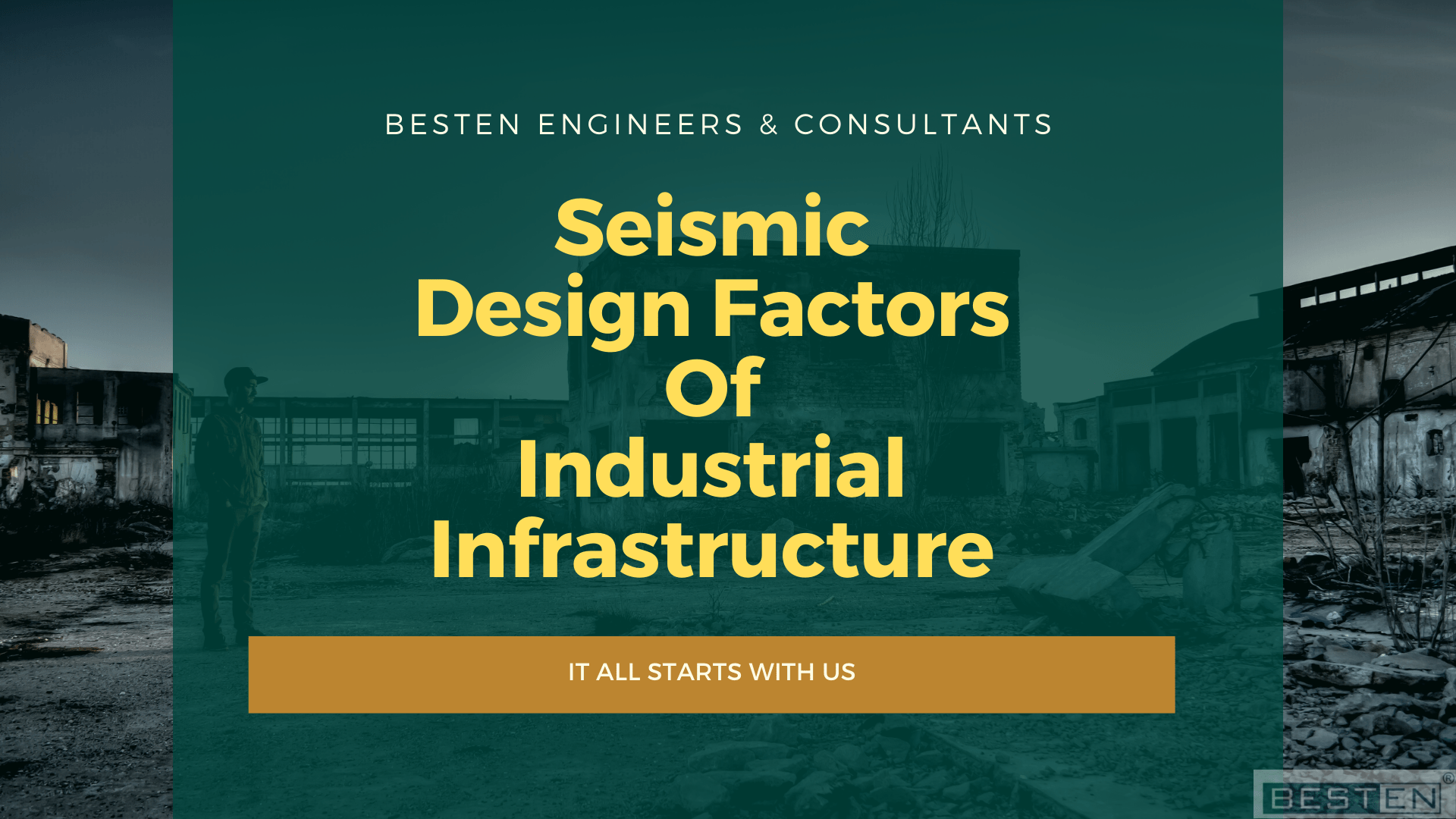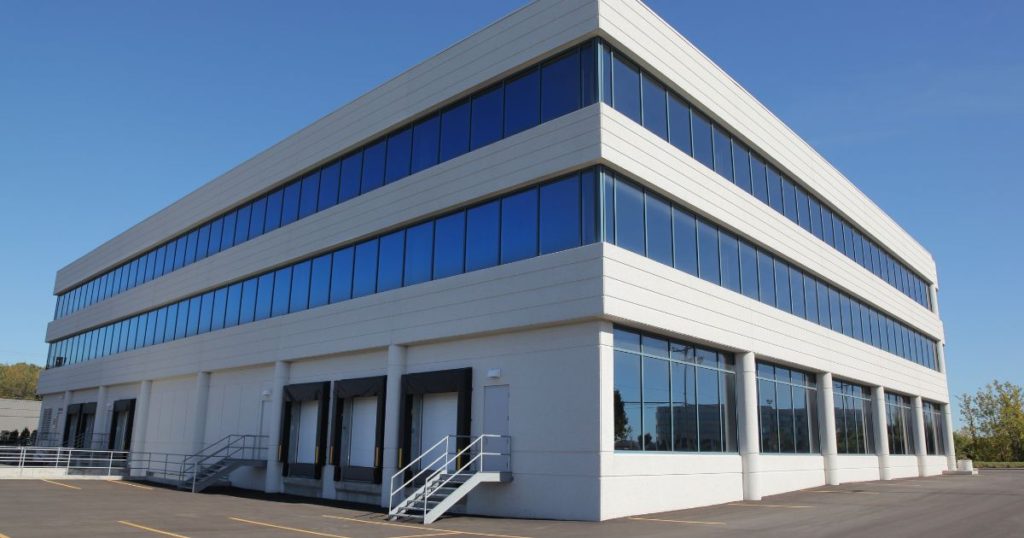Seismic Behavior
The seismic behavior of a large industrial building with highly irregular geometrical landscape, mass, and stiffness distribution is investigated to evaluate the effectiveness of current procedures for seismic design of such structures. These procedures were developed substantially for conventional commercial or residential buildings with natural and well-defined seismic force-resisting systems. Therefore, their use to predict deformations and forces adequately for irregular industrial buildings may be questionable.
Seismic Design factors
The following aspects affect the design of the industrial building. So, it is essential that the design team understands these aspects and deal with them prudently in the industrial Infrastructure design phase.
Torsion:
Objects and Industrial buildings have a center of mass, a point by which the articles or substances (structure) can be equitable without rotation occurring. If the mass scatters uniformly, then the geometric center of the floor and the center of mass may coincide. The uneven mass dispersion will position the center of mass outside of the geometric center causing “torsion,” generating stress concentrations. Therefore, a particular amount of torsion is unavoidable in every building design. However, the symmetrical arrangement of masses will result in balanced stiffness against the direction and keep torsion within an amenable range.
Damping:
In general, Industrial buildings are poor resonators to electric shock and dissipate vibration by absorbing the same. Damping is an estimate at which natural wave is consumed.
Ductility:
Ductility is the attribute of a substance to bend, flex, or move, fails after deformation has occurred. The Non-ductile materials (such as poorly reinforced concrete) fail abruptly by crumbling. Also, detailed joints can give good elasticity.
Strength and Stiffness:
This term defines a property of a material or substance to resist and bear applied forces within a safe limit. Stiffness of an article is a degree of resistance to deflection or drift.
Building Configuration:
Building Configuration of an industrial building‘s size and shape are structural and nonstructural elements. So, it always determines the way seismic forces spreads within the structure.
- Regular Configuration buildings have Shear Walls / Moment-Resistant Frames/ Braced Frames generally have:
- Low Height to Base Ratios
- Equal Floor Heights
- Symmetrical Plans
- Uniform Sections and Elevations
- Maximum Torsional Resistance
- Short Spans and Redundancy
- Direct Load Paths
- Irregular Configuration buildings have problematic stress concentrations and torsion.












